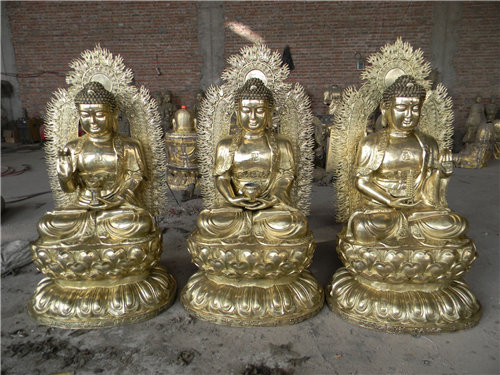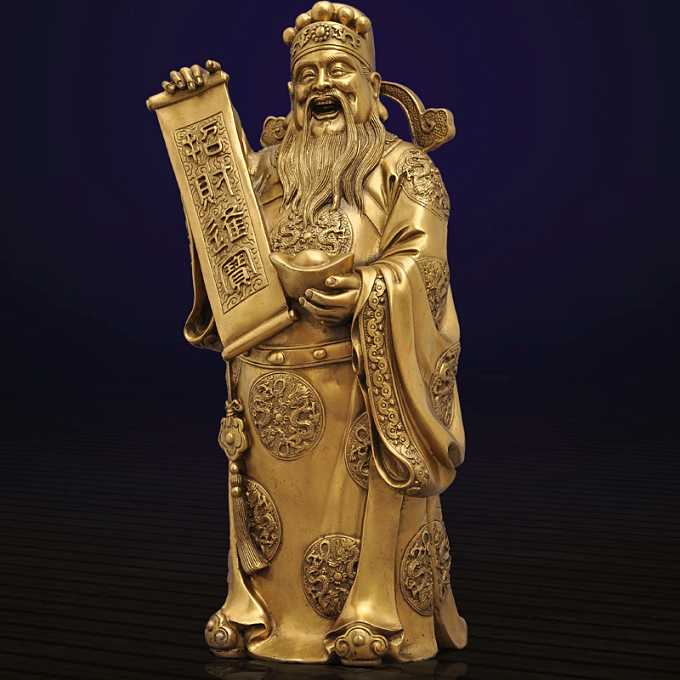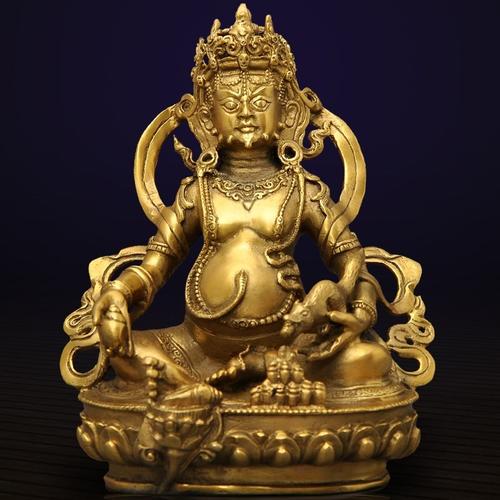Brass Buddhist Statues with the Mark of Yongle or Xuande Period
1 min readThe Ming government continued to support Tibetan Buddhism and kept its supremacy in Tibet. High-ranking Tibetan lamas were invited to the imperial court to receivetitles including Karmapa Khyenno and Guardian Prince of Doctrine. Economic support was given to build lama temples and cast Buddhist statues in the hope of promoting Tibetan Buddhism. Bronze Buddhist statues with the mark of Yongle or Xuande period were statues exclusively made for the high lamas. They are famous for the mark “Made in the Yongle Period of Great Ming”and “Made in the Xuande Period of Great Ming”.

This kind of statues has well-proportioned face with slim eyebrows.

The half smiling Buddha looks calm and beautiful in full-lotus posture with mudra of teaching or mudra of meditation. His shoulder broad and waist narrow in the shape of an upside-down triangle. The Bodhisattva holding Buddhist instruments like swords and pestle often has two arms, or sometimes four arms with the body shaped in “s”. The decoration of the Bodhisattva is fascinating. There is crown, tassels and ornaments on the neck and ears. The statues are supported with the lotus base decorated with beaded patterns. The Buddhist statues made in the Yongle and Xuandeperiods represented best the delicate imperial beauty. As gift from the emperor to the high lamas in Tibet, it used the best brass material, the most excellent craftsmen and the most advanced techniques which made it far beyond other brass Buddhist statues.









